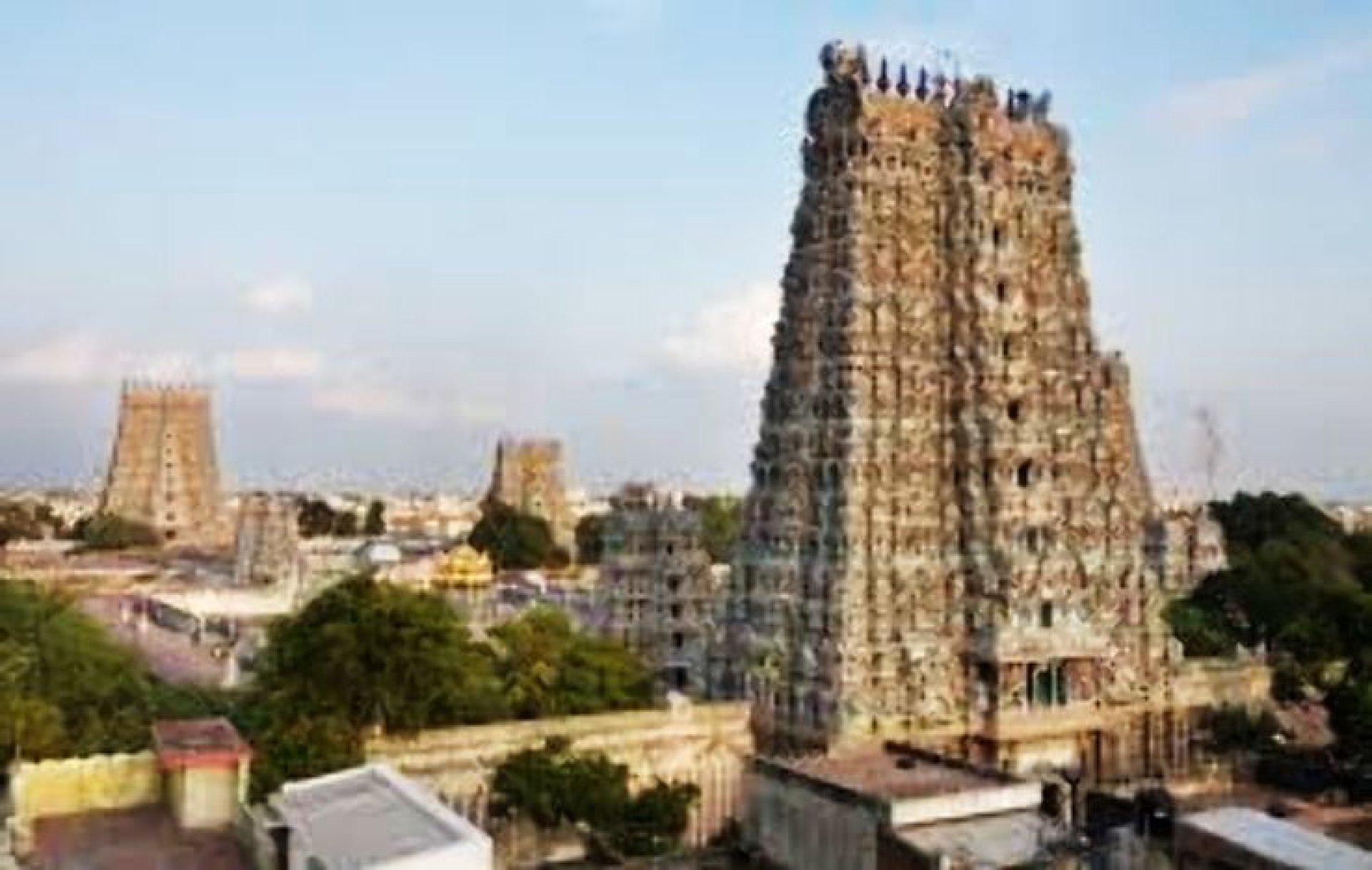Blog | religious-travel-in-india | Religious Travel in India.

Religious Travel in India: A Journey Through Spiritual Diversity
India, a land of ancient traditions and vibrant cultures, is one of the most sought-after destinations for religious travel. Known for its deep-rooted spirituality and diverse religions, India attracts millions of pilgrims and spiritual seekers from around the globe every year. India’s religious landscape offers a unique blend of history, mythology, and devotion, from the towering Himalayas to the serene southern temples.
Hindu Pilgrimage Destinations
Hinduism, the oldest religion in India, boasts a rich tapestry of sacred sites that draw devotees throughout the year. Among the most revered is Varanasi, situated on the banks of the Ganges River. Known as the spiritual capital of India, Varanasi is believed to be where life and death intersect. Pilgrims flock to the ghats to perform rituals, offer prayers, and immerse themselves in the sacred waters to cleanse their souls.
Another significant Hindu pilgrimage is the Char Dham Yatra, which includes four holy sites: Yamunotri, Gangotri, Kedarnath, and Badrinath, located in the majestic Himalayas. These sites are considered the ultimate journey for spiritual purification and salvation. Similarly, Haridwar and Rishikesh in Uttarakhand attract millions of devotees seeking enlightenment and inner peace.
The Jagannath Temple in Puri, Odisha, is famous for its annual Rath Yatra, where deities are carried in a grand procession, drawing devotees from all over the world. Tirupati Balaji Temple in Andhra Pradesh is another prominent pilgrimage Centre known for its divine aura and immense popularity among devotees.
Buddhist Spiritual Trails
Buddhism, which originated in India, offers serene and peaceful destinations for spiritual seekers. Bodh Gaya in Bihar, where Lord Buddha attained enlightenment under the Bodhi tree, is the holiest site for Buddhists worldwide. Sarnath, near Varanasi, is where Buddha delivered his first sermon, making it another important pilgrimage centre.
Kushinagar, the place where Buddha attained Mahaparinirvana, and Lumbini, his birthplace (now in Nepal but closely associated with India’s Buddhist heritage), also hold immense significance. These sites continue to attract followers of Buddhism seeking to trace the footsteps of the enlightened one.
Islamic Pilgrimage Centres
India is home to numerous Islamic religious sites that attract devotees throughout the year. Ajmer Sharif Dargah in Rajasthan, the shrine of Khwaja Moinuddin Chishti, is a revered site visited by people of all faiths. Hazrat Nizamuddin Dargah in Delhi is another important Sufi shrine known for its soulful Qawwalis and spiritual ambiance.
The historic Jama Masjid in Delhi and Haji Ali Dargah in Mumbai are also popular pilgrimage sites that showcase the architectural brilliance and deep spiritual roots of Islam in India.
Sikh Pilgrimage Destinations
Sikhism, founded in the 15th century, has its holiest site at Harmandir Sahib (Golden Temple) in Amritsar, Punjab. This sacred shrine, with its mesmerizing golden façade and serene Sarovar (holy tank), draws millions of devotees annually. Other significant Sikh pilgrimage sites include Takht Sri Patna Sahib in Bihar, where Guru Gobind Singh was born, and Anandpur Sahib in Punjab, associated with the birth of the Khalsa.
Christian Sacred Sites
Christianity also has a long history in India, with prominent pilgrimage destinations. Velankanni Church in Tamil Nadu, dedicated to Our Lady of Good Health, draws millions of devotees, especially during the annual feast. St. Thomas Basilica in Chennai and the Basilica of Bom Jesus in Goa, which houses the mortal remains of St. Francis Xavier, are among the most visited Christian sites in India.
Jain and Zoroastrian Pilgrimage Centers
Jainism has its sacred footprint in places like Palitana in Gujarat, which houses a series of intricately carved marble temples atop Shatrunjaya Hill. Shravanabelagola in Karnataka, known for its colossal statue of Lord Bahubali, is another significant Jain pilgrimage destination.
The Zoroastrian community reveres the Fire Temples in Mumbai and Gujarat, which hold immense spiritual importance for Parsis following the teachings of Zoroaster.
Conclusion
Religious travel in India is not just about visiting places; it’s about experiencing the divine essence that permeates the land. Whether it’s seeking solace along the Ganges, meditating in Bodh Gaya, or feeling the tranquility of the Golden Temple, every spiritual journey in India is a transformative experience. The diversity of religious practices and the coexistence of multiple faiths make India a truly unparalleled destination for spiritual and religious exploration.
Read Comments
Leave a Reply
Your email address will not be published. Required fields are marked *